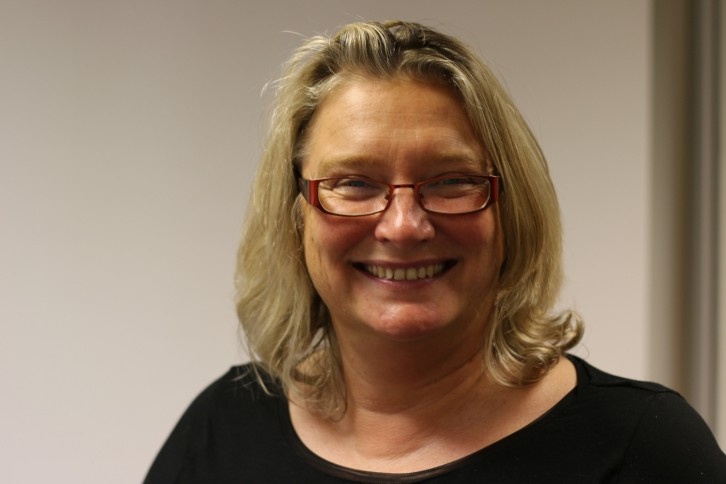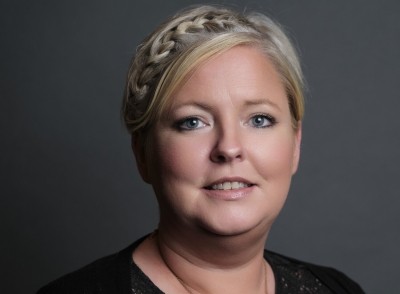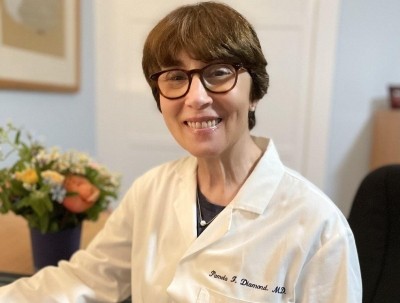Karen Ooms' keen interest in Schrodinger's Cat and how it led to a 35-year career in science

She works as joint chief operating officer at a specialist biometrics CRO called Quanticate where she looks after the programming and statistics functions.
Could you give us an overview of your work?
My role is rather broad but roughly falls into the following categories, although every day is unique!
- Ensuring that the needs of our customers are met and indeed striving to exceed expectations.
- Developing our team members knowledge and experience through training and opportunities to work on a diverse range of projects.
- Development of new tools and processes in the rapidly changing and exciting environment of data sciences.
- Providing project scopes and costings for new opportunities.
- Reviewing the financial performance of the operational aspects of Quanticate.
When did you realize you were interested in science - as a young child, teen, or older?
My interest was sparked at a very young age, with my grandfather giving me a chemistry set to grow crystals and my father giving me a range of magnets, batteries, and lights to play with. Then there was also the fascination of watching Open University programs, especially maths ones, in black and white early in the morning before the Saturday morning kids’ programs started.
In my later teenage years, I became fascinated by popular science like quantum mechanics; the paradox of Schrodinger’s Cat blew my mind. This led me to wanting to study physics at university but whilst studying that I started to enjoy statistics much more.
Could you describe your personal journey bringing us to where you are now?
After my first degree in mathematics, I studied for a Masters in Biometrics, i.e., the use of statistics in biological sciences. Having been brought up as a young child on a small-holding, I went into the area of agricultural research getting my first job analysing multi-country grass variety trials in Iceland. I was then able to secure a place at Rothamsted Experimental Station which was the home of modern statistics – as R.A. Fisher was head of the department in the 1920s and 30s. As my family started growing, I needed to earn more than achievable in agricultural research, so moved on, first going into consumer product research at Unilever and then pharmaceutical research at Quanticate. I have been at Quanticate, then known as Statwood, since 1999.
What challenges did you face - as a woman or otherwise - along the way and what is the most valuable lesson you have learned?
Technically I have always been confident in my abilities, I am very lucky to see patterns in numbers quite easily. But being rather shy, I found it difficult to find my voice in meetings, especially larger ones and was unsure whether I could explain my understanding of the numbers to others. I still find myself getting ‘words muddled up’ sometimes.
In Iceland, my boss asked me to present the findings of the grass variety trials to the Icelandic Minister of Agricultural. Unsurprisingly, I was scared stiff but after my practice giving dummy presentations in the room over the weekend, my presentation to him went well. Somehow, I manged to explain the concept of variety x environment interaction seen in a nice graphical way using a new statistical technique called biplots. It was this publication that helped land my next job at Rothamsted.
Aslaug, my boss, helped me to gain confidence to try things outside of my comfort zone.
What ignites your passion in your current role?
Over the duration of a 35-year career, I have seen many changes, technical and social, but currently I feel changes are happening now increasingly rapidly. It is very exciting. Advances in pharmaceutical research are staggering; we now seem to take for granted that the Covid vaccine was developed and distributed globally in a matter of a few months. I have been very fortunate to be involved in many important and innovative clinical programmes, especially in the areas of oncology and rare diseases.
Now in 2024, the benefits of deploying AI large language models such as ChatGPT will be limited only by our imagination on how to use these types of technologies. But such rapid change brings challenges, especially making adaptations to what will work be and how will we work in the future. So, one of my current passions is to help nurture a growth mindset in my team members, to help them embrace the new world we are entering.
Could you share some advice for young women starting to develop an interest in science or wanting to pursue a career like yours?
There are many things that I could advise but one of the most important things that I have learnt rather late in my career is to be authentic to myself, and I would advise young women to do the same, be authentic. Don’t play a role that you think is expected of you, be yourself!
























